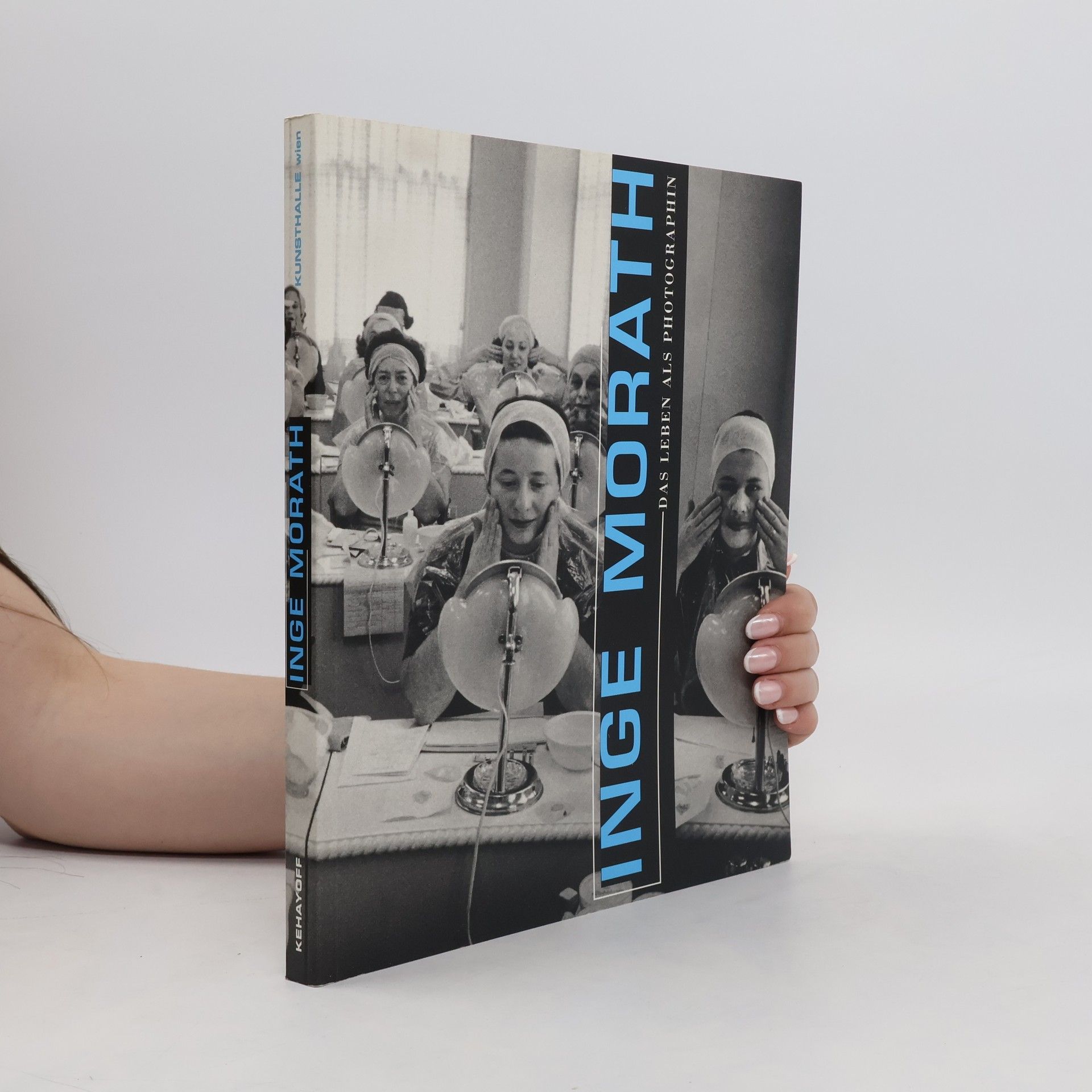„Die Donau ist ein Experiment, das die ganze Welt betrifft - was hier missrät, kann überall scheitern, was hier gelingt, lässt auch für anderswo hoffen.“ Karl-Markus Gauß Ungezählte Völker haben an diesem mächtigen Strom gesiedelt, der alles gesehen und erlitten hat, was europäische Völker zuwege gebracht und was sie einander angetan haben. Die Donau ist ein europäischer Strom, mehr noch: der Strom Europas. Die weltberühmte Fotografin Inge Morath ist in den Jahren 1958/59 und dann wieder nach dem Fall des Eisernen Vorhanges 1993 bis 1995 der Dona bei mehreren Reisen über weite Strecken gefolgt - von der Quelle im Schwarzwald zur Mündung ins Schwarze Meer. Was sie an der Donau gesehen hat, Menschen und Menschenwerk, Natur und Naturzerstörung, ist in diesem Band in einer repräsentativen Auswahl und überwältigenden Vielfalt gesammelt. In seinem Essay „Die Lehre der Donau“ lotet Karl-Markus Gauß die historische Tiefe und Besonderheit des Donauraums aus. „Die Einführung von Karl-Markus Gauss ist ein Meisterstück der Essayistik; auf knappstem Raum vermag er es, Mythos, Geschichte und Realität der Donau zu veranschaulichen, dieses Stroms, der allem Nationalstaatentum widerspricht, selbst wenn er nicht mehr wie einst Abendland und Morgenland verbindet.“ Taja Gut, Neue Zürcher Zeitung
Inge Morath Books
Inge Morath possessed a dual gift for words and images, excelling as both a prolific diarist and a gifted photographer. Her work demonstrates a keen interest in the arts and a unique ability to capture the spirit of places and the invisible presences within them. She was particularly adept at portraiture, photographing both celebrities and ordinary passers-by. Morath's images of historical sites, from writers' homes to artists' studios, are imbued with the palpable presence of those who once inhabited them.
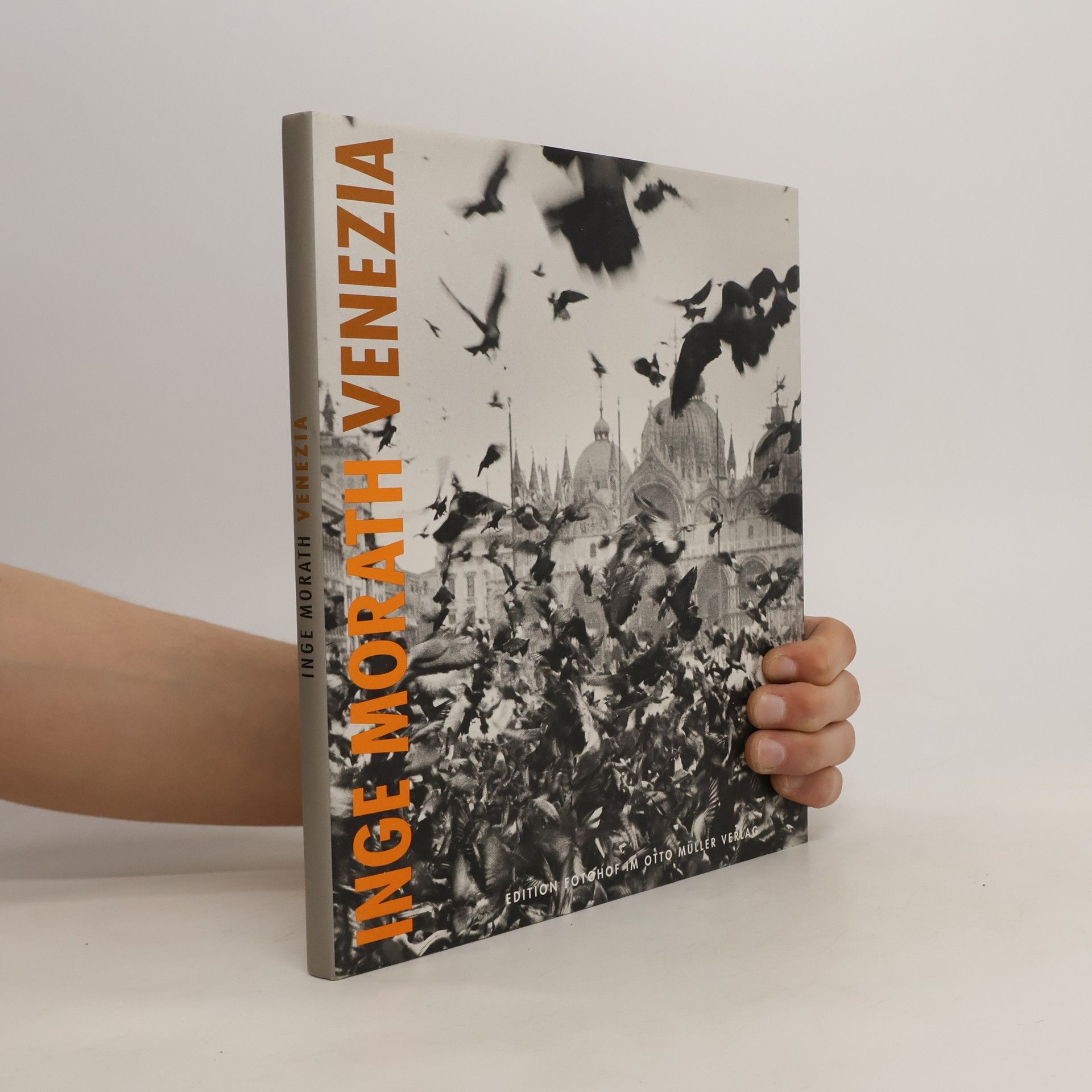

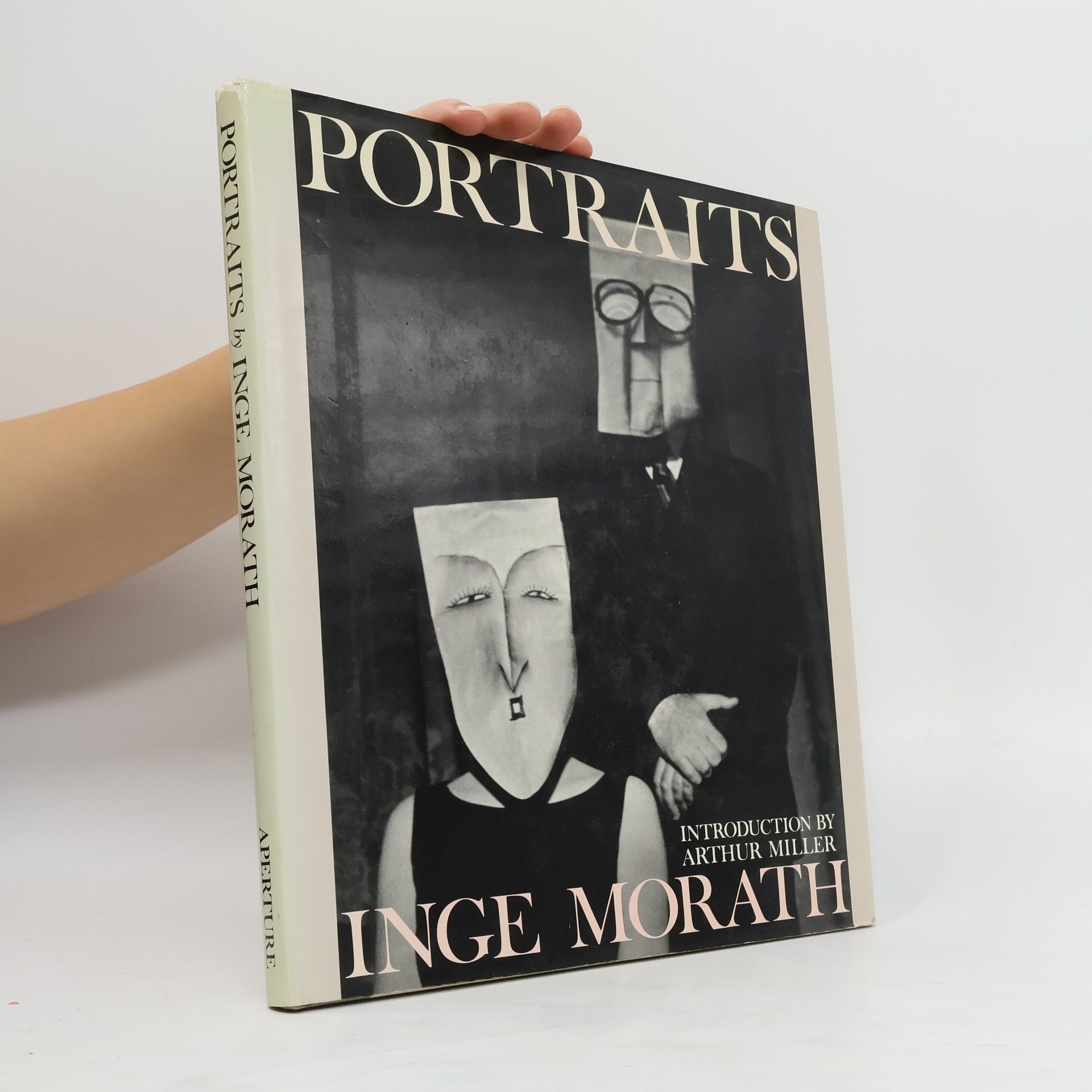
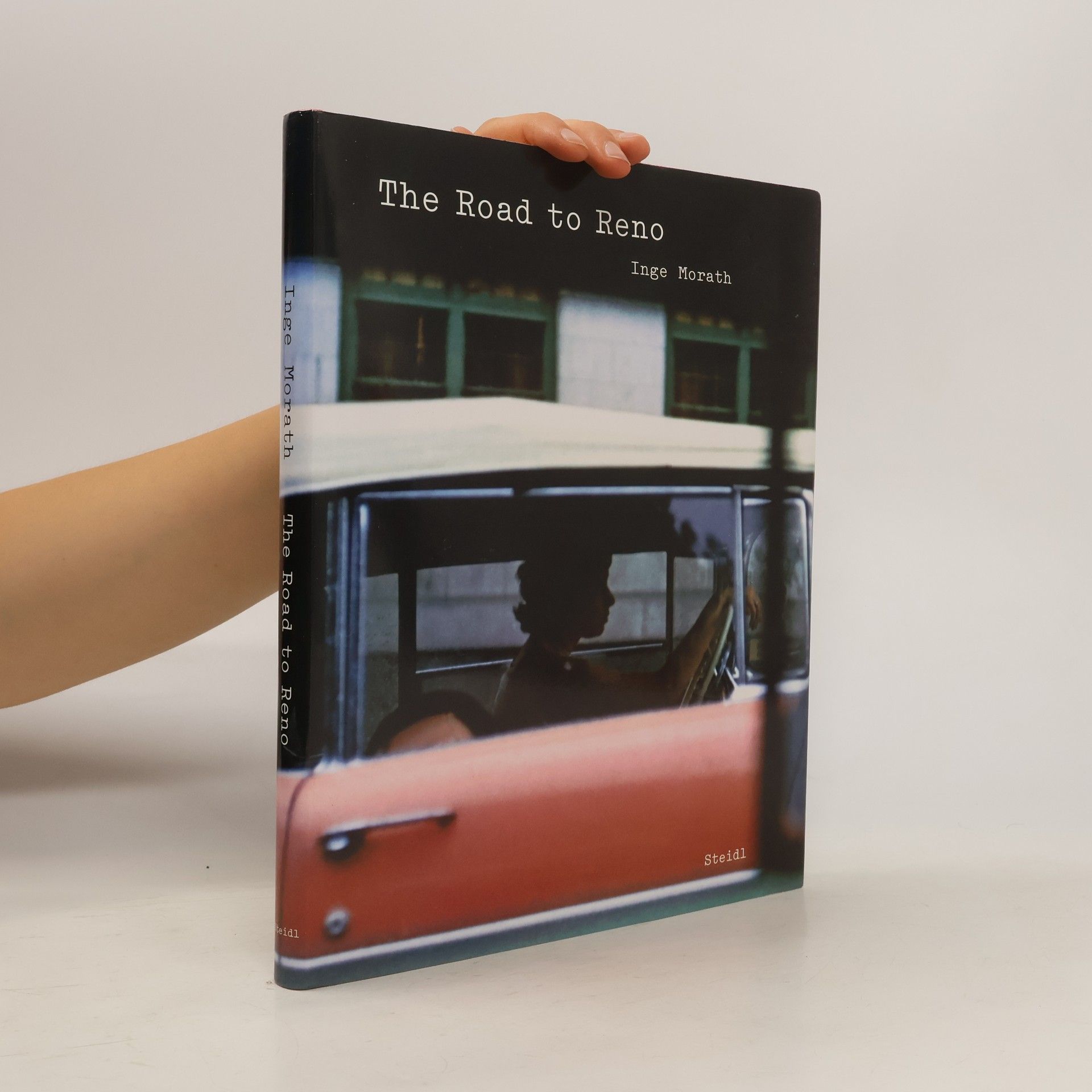
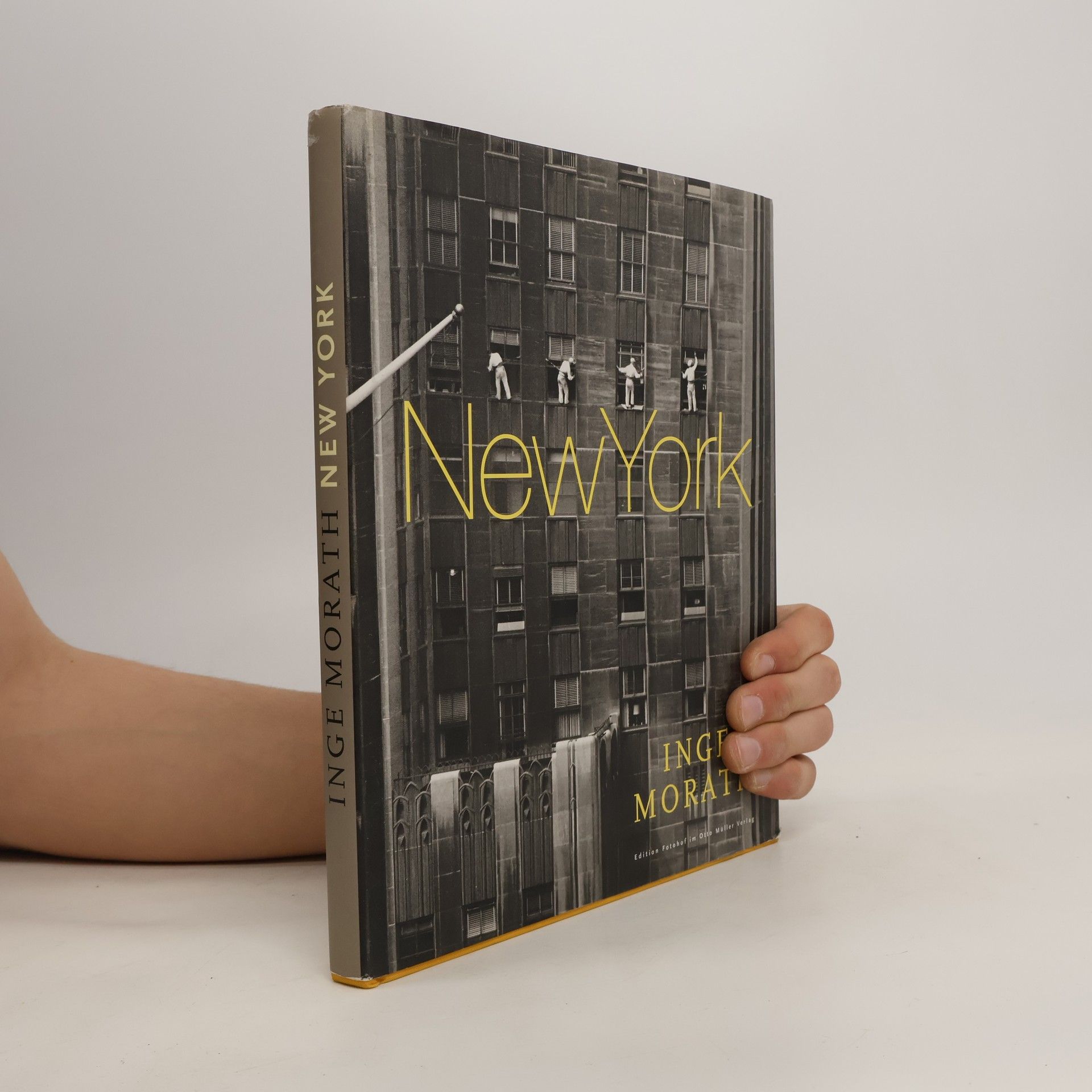

New York
- 180 pages
- 7 hours of reading
Inge Morath's first trip across the United States followed a red grease-pencil line drawn by her traveling companion, Henri Cartier-Bresson. In 1960 the two drove from New York through Gettysburg, Memphis, and Albuquerque to Reno. They were among 18 photojournalists commissioned by Magnum to document the Nevada set of Arthur Miller's The Misfits. The destination was momentous for Morath--she took remarkable photographs, and later married Miller after his divorce from Marilyn Monroe--but it is the trip, the 18 days she spent traveling, as documented in both photographs and journal entries, ("written each night at the table in a motel room that was always in a different place but always looked the same"), that in its casualness can unfold for readers her carefully observed, insightful, and compassionate approach to reportage. Traveling westward, Morath combines a foreigner's awe of alien terrain with the curiosity of small-town life, offering glimpses into rather than encapsulations of her experience at each stop. This is the first publication of her work to include her writing alongside her photographs, and it includes an afterword by Arthur Miller.
Inge Morath
- 232 pages
- 9 hours of reading
A final project from photographer Inge Morath. Fulfilling a dream to discover the land of her ancestors, Morath travelled to the borderlands of Styria and Slovenia in 2001, camera in hand. The photographs in this volume depict joy and sorrow, youth and age, bucolic splendour and numbing ugliness.
Venezia
- 112 pages
- 4 hours of reading
Das Lebensbild einer Stadt und ihrer Menschen, weitab von den touristischen Motiven der Sightseeing-Fotografie. Die sorgfältigen Beobachtungen des venezianischen Alltags der fünfziger Jahre sind künstlerisch hervorragend und gleichzeitig ein seltenes Dokument der Zeitgeschichte. Inge Morath hat das Porträt einer Stadt, ihrer Bewohner und Besucher festgehalten, wie es heute nicht mehr zu finden ist.
A collection of black & white photographs showing life in the US during the decade of the 1950's.
Fotoband mit Texten von Arthur Miller, Robert Delpire und Anna Farova „Fotos aus vier Jahrzehnten. Ein Lebenswerk aus Künstlerporträts, Reportagefotos aus Spanien und dem Iran, Backstagefotos von dem Film “The Misfits„ mit Marylin Monroe, New York gestern und heute, Inszenierungen von Mneschengruppen und Einzelpersonen. Das Mini-Universum unseres Jahrhunderts in Bildern.“ Die Welt
Anlässlich des 100. Geburtstags von Inge Morath erscheinen zwei Publikationen in Salzburg. Zu der Ausstellung im Museum der Moderne gibt es das Buch „Maske und Gesicht“, das sich der Zusammenarbeit der Fotografin mit dem rumänisch-amerikanischen Zeichner Saul Steinberg widmet. Die Kooperation fand von 1959 bis 1962 statt, die Freundschaft zwischen Inge Morath und Saul Steinberg ging darüber hinaus. Der FOTOHOF veröffentlicht Farbbilder von Inge Morath, die in der Ausstellung „Wo ich Farbe sehe / Where I See Color“ zu sehen sind. Beide Bücher werden durch eine Banderole zusammengehalten, können aber auch einzeln erworben werden.


